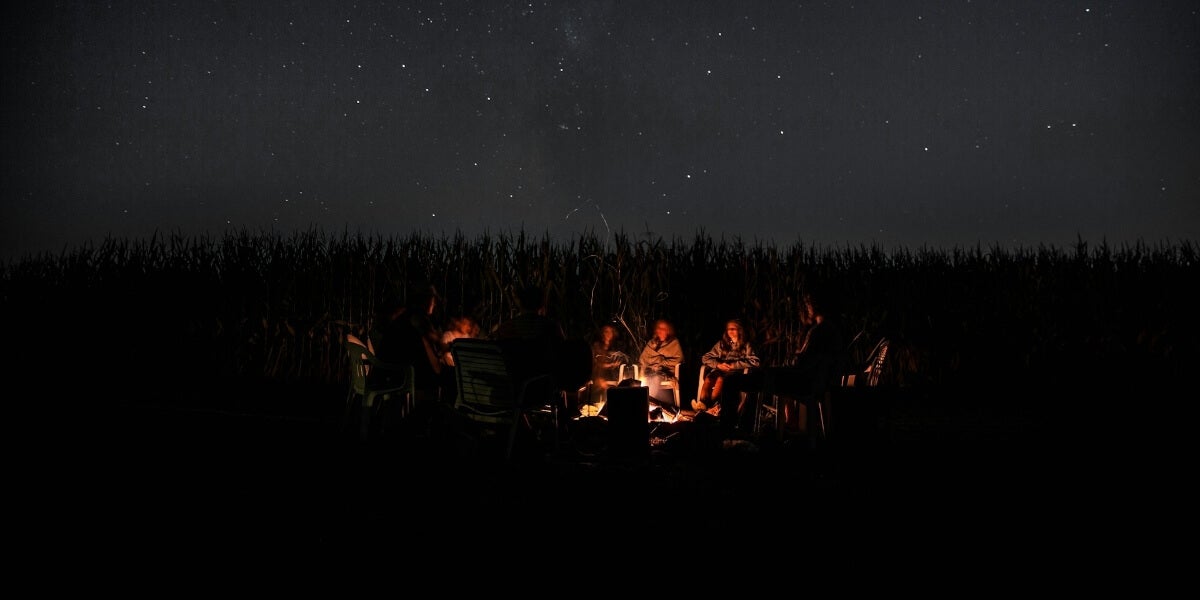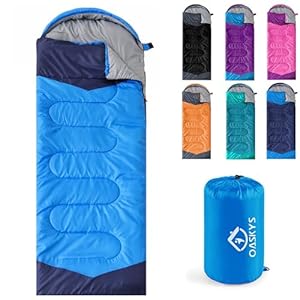
Martin Banks 06.09.25

When you’ve been out within the bush lengthy sufficient, you realize the distinction between a hearth that quietly will get the job completed and one which will get you noticed or worse. Whether or not tenting or looking, a smokeless fireplace is the mark of true bushcraft ability. Clear-burning fires are cleaner, safer, extra discreet and higher to your well being. Most individuals make the identical widespread errors that trigger a smoky mess. Giant, smoky fires may end up in long-term harm to your lungs. They’ll additionally compromise your location in survival situations and chase off wildlife. Contemplate whether or not you’re making these errors in your campfire meeting and study options that can assist you construct a accountable fireplace pit like a professional.
1. Selecting the Fallacious Wooden
Simply because a department snaps in half doesn’t imply it’s dry sufficient to burn cleanly. Moisture content material issues in case you’re avoiding white plumes.
Use solely well-seasoned hardwoods like oak, maple and hickory. These have hotter combustion and produce far much less vapor. Keep away from softwoods — like pine — which are inclined to have a better moisture content material. When you don’t have a alternative, break up them and dry them as a lot as attainable earlier than use.
2. Following Poor Pre-Burn Prep
Throwing collectively a number of sticks and lighting up is a rookie mistake. A smokeless fireplace begins with a superb base.
Dig a Dakota fire hole or trench to permit for managed airflow. The 2 holes — one for the coals and one for consumption — channel oxygen effectively so the flames can breathe. A primary elevated grate or stone windshield can decrease smoke by enhancing combustion.
3. Beginning Monster Fires
Much less is extra on the subject of smoke and warmth. With a big blaze, the flames might eat oxygen faster than they can access it, inflicting smoldering as a substitute of combustion.
Hold your fireplace small and centered to yield a warmer and cleaner flame. A smaller blaze additionally optimizes gas, which is necessary in case you have restricted provides. Some tenting services solely permit small cooking fires, not uncontrolled stacks and wildfires. At all times test the native ordinances and get a burn permit to maintain your camp authorized.
4. Choking the Fireplace
Fires want air to burn, however you shouldn’t flood it with oxygen and trigger it to snuff itself. Campfires require a fragile steadiness of airflow. Inadequate air flow creates smoke.
Design a draw — a U-shaped trench or rock ring with gaps to direct oxygen. Air ought to enter close to the underside, and exhaust fumes ought to exit the highest. When you use a Dakota fireplace gap, make sure the consumption tunnel is angled accurately. You’ll lose all stress if it’s too steep, but when it’s too shallow, you’ll choke the hearth.

5. Burning Particles and Trash
Supplies like newspaper, leaves and damp pine needles are on the spot smoke triggers. Even pure kindling can launch nasty fumes or carcinogens when burned, which may result in long-term health issues like lung most cancers. With round 130,000 Americans dying of lung cancer yearly, it’s value investing in protected out of doors firepits and avoiding smoke inhalation.
Use clear, dry gas. If you must begin with tinder, use dry bark, twigs or cotton balls coated in petroleum jelly.
6. Stifling the Flame
Fireplace takes time. When you put a grill, kettle or pot on it too early, you’ll minimize off airflow to the coals, creating smoke because the embers begin to suffocate.
Let correct flames kind earlier than protecting them. When putting cooking vessels, go away a big sufficient hole for continued air flow.
7. Utilizing the Fallacious Measurement Supplies
When you began with twigs, don’t leap straight to logs. Swapping to bigger gas sources will trigger incomplete burns.
Work systematically with the finer tinder. Then, add pencil-sized kindling, adopted by thumb-sized twigs and wrist-sized branches. Let every stage absolutely combust earlier than upgrading.
8. Sleeping on the Job
A hearth that burns low whilst you’re fishing or napping requires cautious rebuilding. When you dump gas to attempt to put it aside, you’ll have a smoking pit. A campfire wants administration, so preserve a watchful eye for security and stop having to power it again to life.
Shift a number of smaller branches to reveal new surfaces to air for elevated combustion. Monitor the flame colour. Blue and clear point out you’re getting a scorching and clear burn. Orange and flickering flames present the hearth is dying.
9. Forgetting the Climate
Humidity, rain and wind all have an effect on your blaze. Pretending your fireplace will behave the identical in each season or area units you up for failure.
Use additional kindling in excessive humidity to burn hotter and construct a partial cowl in windy or moist situations. A campfire can lose up to 80% of its heat upward, so use a stone windbreak as a makeshift closed fire to retain extra warmth.
Creating Sensible Smokeless Fires
Be sensible, and also you’ll have a clear, environment friendly campfire that’s low profile, wholesome and helpful. Mastery of fireside reveals your ability and offers you an edge. That edge would be the distinction between survival and catastrophe within the wild. Campfire meeting shouldn’t stress you out.
Trending Merchandise











